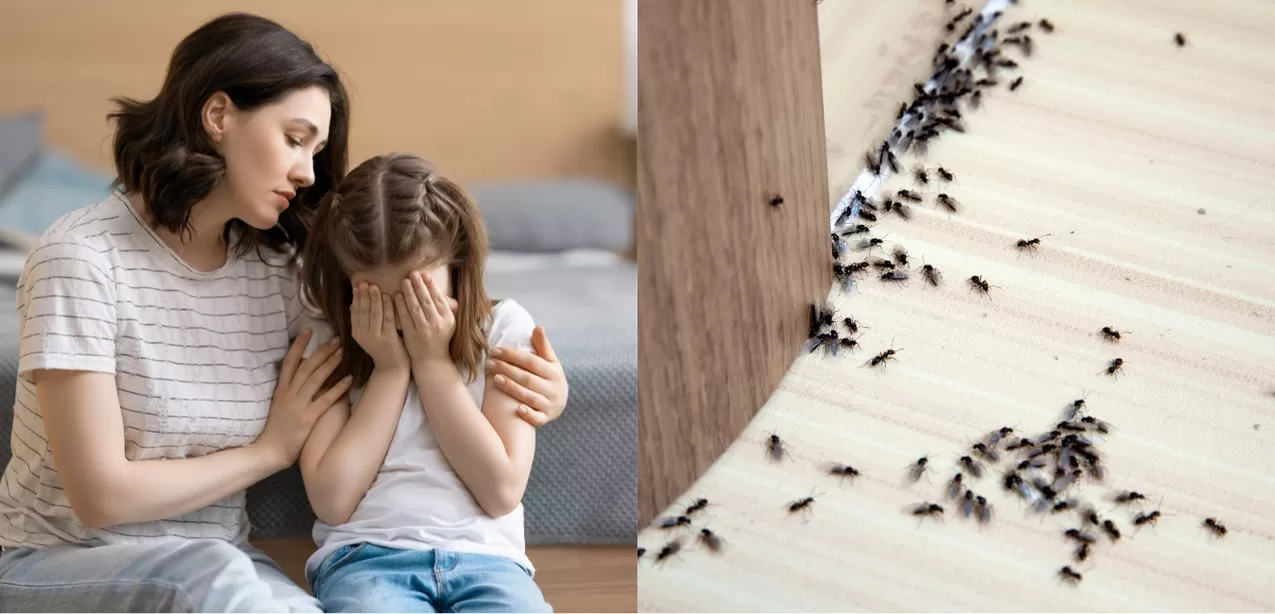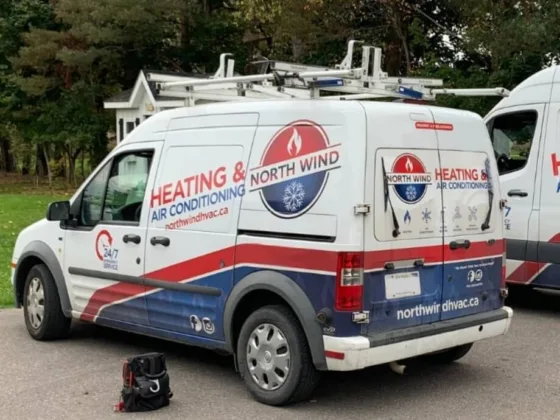When we think about dangerous creatures, ants may not be the first to come to mind. Most people view them as harmless insects or minor nuisances that occasionally invade picnics or homes.
However, the question of whether ants are dangerous is more complex than it might seem at first glance.
To unravel this question, let’s delve into the world of ants and the potential dangers they may pose to humans.

A Spectrum of Species
Ants are a diverse group of insects, with more than 12,000 known species worldwide. While the majority of these species are harmless to humans, a few can pose threats.
These threats range from allergic reactions to painful bites and stings, or even to property damage.
Physical Threats of Ants
1. Bites and Stings: Many ants bite, but only a few species have stings that can harm humans. One of the most notorious is the fire ant, native to South America but now found worldwide. Fire ants both bite and sting.
Their sting, used to inject venom, can cause intense, burning pain—hence the name ‘fire ant’. Repeated stings can cause severe allergic reactions in some individuals, leading to symptoms such as swelling, difficulty breathing, and in rare cases, anaphylaxis, which can be life-threatening.
Bites and stings are the most dangerous aspect of ants, especially fire ants. So if you have children or pets you should be extra cautious around ants on your property.” says Donnie Shelton from Triangle Pest Control.
2. Allergies: Similar to bees or wasps, some people are allergic to ant venom.
In these individuals, an ant sting can trigger a severe allergic reaction known as anaphylaxis, which requires immediate medical attention.
Symptoms can include difficulty breathing, hives, swelling of the face or throat, a rapid pulse, and dizziness.
Property Damage
1. Carpenter Ants: Unlike termites, carpenter ants don’t eat wood but can still cause significant property damage. They tunnel through wood to build their nests, and a large colony can hollow out sections of timber, potentially weakening structures in homes.
Disease Transmission
Unlike mosquitoes or ticks, ants are not significant vectors for human diseases.
Read Also :
However, they can contaminate food by moving from dirty areas to food storage or preparation areas, which could potentially cause foodborne illnesses.
Ecological Impact
While ants may seem like tiny, insignificant creatures, they play vital roles in ecosystems, such as decomposition and turning soil.
However, invasive species like the fire ant or Argentine ant can outcompete native species and disrupt local biodiversity, indirectly causing environmental harm.
Types of Ants Homeowners Might Encounter:
The United States is home to many species of ants due to its diverse ecosystems. Here are some of the most common types:
1. Carpenter Ants (Camponotus spp.): Known for their ability to hollow out wood to create their nests, carpenter ants are among the larger species of ants. Despite their name, they don’t eat wood but carve it out to form galleries where they live. They are usually black, although some species have reddish or yellowish coloration.
2. Fire Ants (Solenopsis invicta): Notorious for their painful sting, fire ants are an invasive species that have become a significant pest in the southern U.S. They are reddish-brown and build large mound nests in the soil.
3. Odorous House Ants (Tapinoma sessile): These small brown or black ants give off a foul smell when crushed, often described as similar to rotten coconuts. They often invade homes in search of food and water.
4. Argentine Ants (Linepithema humile): Argentine ants are small, dark ants known for their massive supercolonies. They’re an invasive species that can displace native ants and are often found in urban areas.
5. Pavement Ants (Tetramorium caespitum): Named for their tendency to nest under sidewalks and driveways, pavement ants are small and dark brown to black. They are often seen in lines, traveling to and from food sources.
6. Acrobat Ants (Crematogaster spp.): Acrobat ants get their name from their habit of raising their heart-shaped abdomen over their head when disturbed. They are small, usually less than 1/8 inch long, and can be brown, red, or black.
7. Pharaoh Ants (Monomorium pharaonis): Pharaoh ants are small, yellow or light brown ants notorious for being a major indoor nuisance. They prefer warm, humid areas and are often found in hospitals, where they can spread pathogens.
8. Little Black Ants (Monomorium minimum): As their name suggests, these ants are small and black. They are commonly found in wooded areas and gardens, and they often invade homes in search of food.
9. Leaf-cutter Ants (Atta spp. and Acromyrmex spp.): Although not as common in urban areas, leaf-cutter ants are a fascinating species that cut pieces of leaves and carry them back to their nests, where they use them to cultivate a fungus garden that feeds the colony.
While these are just a few of the many species found in the United States, they represent some of the ants you’re most likely to encounter.
Each species has unique behaviors and habits that can either make them a fascinating part of the local fauna or a frustrating pest.
Final Thoughts On The Dangers Of Ants
In summary, while the majority of ant species pose no harm to humans, a few can be dangerous due to their painful bites or stings, the potential to cause allergic reactions, and property damage.
Moreover, ants’ role as potential food contaminators should not be overlooked. Preventative measures such as good sanitation, sealing off entry points to homes, and professional pest control can help manage problematic ant species.
However, it’s essential to remember that ants play critical roles in our ecosystems.
They’re an integral part of the environment, contributing to nutrient cycling, soil aeration, and predation.
Understanding these creatures can not only help mitigate the risks they pose but also foster an appreciation of their contribution to our world.









